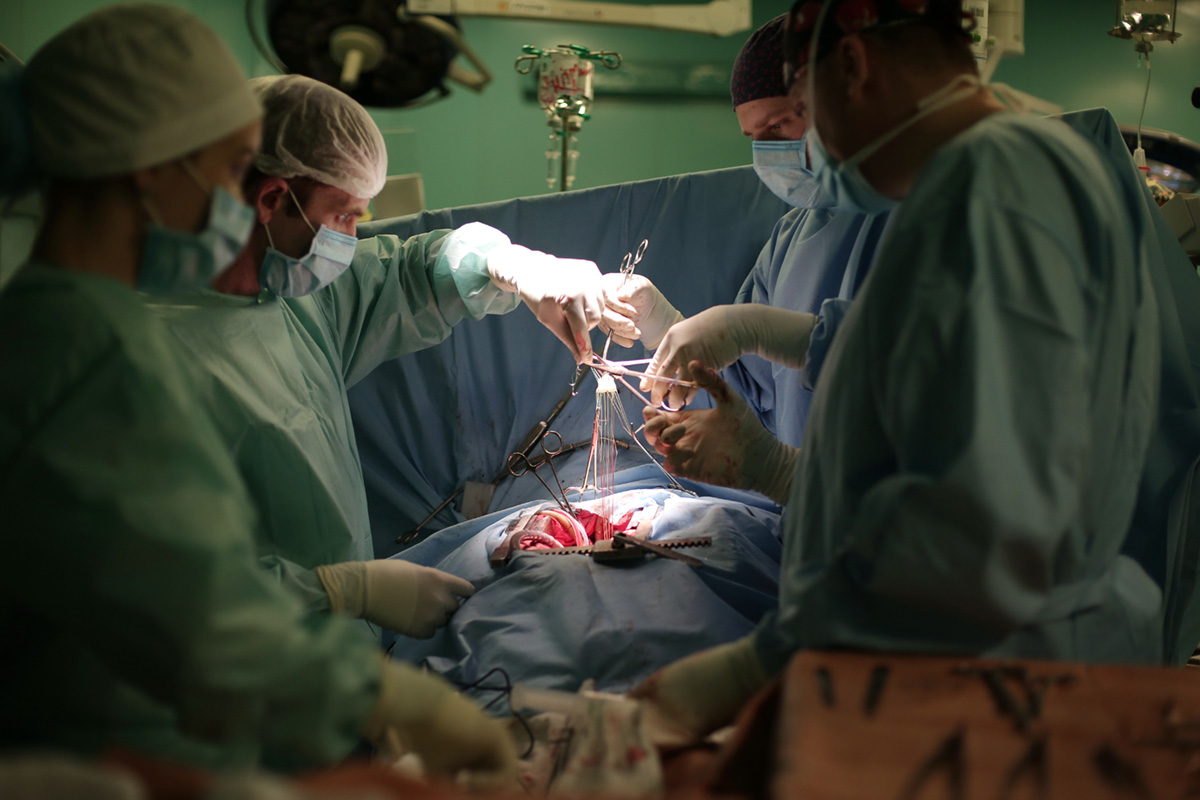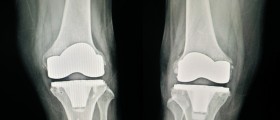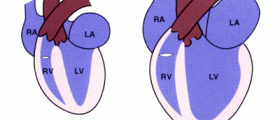
Multiple specific options are at a surgeon's disposal when it comes to valve replacement surgery, in which either aortic valve or mitral valve is replaced if valve repair is not a viable option for a patient. The replacement valve can be mechanical or biologic, and now, very often, the surgery is carried out by minimally-invasive means. Robot-assisted surgery is often performed in these cases in the modern age.
Despite medical advances, complications, including long-term complications, remain a risk with almost any surgery. That includes valve replacement operations.
Aortic Valve Replacement Complications
The aortic valve is a valve which closes the opening between the left ventricle and the aorta. Aortic valve replacement is performed in a couple of medical conditions including aortic insufficiency (regurgitation) and aortic stenosis. There are two types or artificial aortic valves used for the repair; mechanical valves and tissue valves.
All complications after aortic valve replacement can be classified as minor and major. Minor complications include nausea and vomiting, infections of the IV sites, wires or tubes and minor bleeding and bruising. Apart from the previously mentioned risks, postoperative complications after valve replacement surgery may also include abnormal or even painful scar formation and certain allergic skin reactions. Skin numbness is another rather common minor complication and it typically resolves spontaneously after certain period of time. And finally, one more minor complication after aortic valve replacement is atrial fibrillation.
Major aortic valve complications include severe infection, prolonged or heavy bleeding, heart attack, stroke, valve replacement failure and death. Apart from the previously mentioned serious complications, other risks associated with aortic valve replacement induce irregular heart rhythms, pneumonia, lung or heart failure, rupture of the heart wall, kidney failure, severe systemic allergic reaction, nerve and/or organ damage and rather rare cases transmission of disease from blood products.
Mitral Valve Replacement Complications
The mitral valve is located between the left atrium and left ventricle. Its replacement is performed in case of mitral valve stenosis or mitral valve regurgitation. It is also indicated in case of severe mitral valve prolapse.
Minor complications after mitral valve replacement surgery are nausea and vomiting and potential infection, usually of the incision site or the tissues nearby IV lines, wires and tubes. Bleeding is another minor complication and some patients may complain about bruising which is transitory and resolves on its own. Allergic skin reactions in the form of rash are also possible.
Major complications of mitral valve replacement include serious forms of infection which require heavy doses of antibiotics and severe bleeding. Some patients develop a heart attack or even stroke after this type of surgery. Valve replacement failure may be another major complication after mitral valve replacement. And in some cases, even a lethal outcome is possible. Depending on the previous health condition of patients and comorbidities, there are several more potential complications including arrhythmia, pneumonia, and failure of many organs such as lungs, heart or kidneys. One of the rather serious and potentially life-threatening complications is rupture of the heart wall. And finally, there is also chance of damage of the surrounding nerves and organs.
Patients who are candidates for valve replacement surgery will be informed of all the risks as well as the benefits of the surgery in their particular case. Discussing everything you are concerned about with your surgical team in advance is important for a patient. While you will not be advised to have valve replacement surgery unless your medical team believes the benefits outweigh the risks, patients should be fully informed about their risk profile.

















Your thoughts on this
Loading...